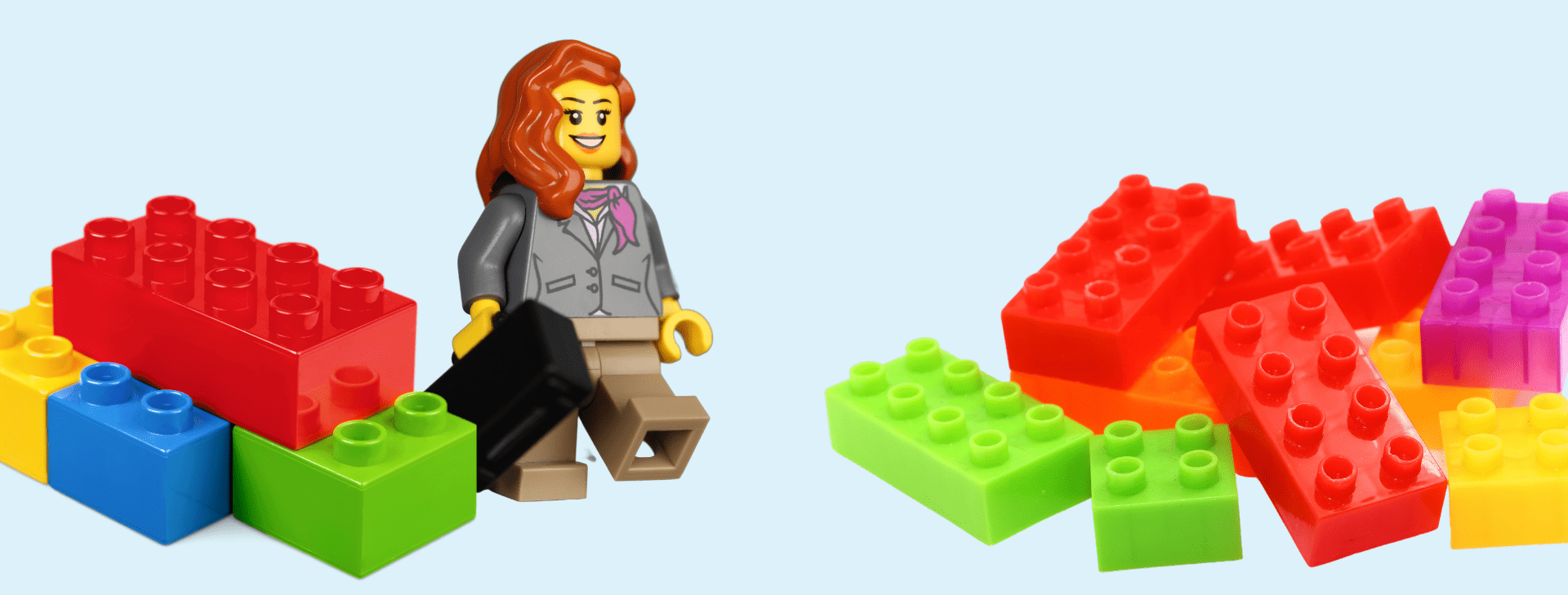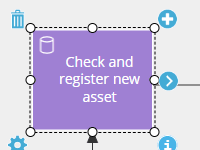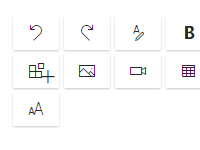
Why do we keep trying to solve problems by adding more?

We often consider that “bigger is better.” But does this apply to efficient problem-solving? Recent experiments point out that people are more likely to fix a problem by adding new features to it rather than removing existing ones, even when removing features is more efficient. So, is it true that often “less is more”?
Let’s quickly test your problem-solving skills. Everybody loves to play with LEGO right? Have a look at the LEGO bridge below. Your task is to make both sides of the bridge even. The price of one block is 10 cents. How would you change this structure?

If your answer is to add a new brick to one side of the bridge, you are not alone. In fact, according to this experiment by Adams et. Al in Nature, most participants chose the solution of adding new bricks, even though it brought an additional cost of 10 cents. At first glance, this might seem to be the most efficient solution.
However, a simpler and more cost-efficient solution is to simply remove a brick from the longer pillar. Was this your answer all along? Great! Your efficient problem-solving skills are saving you some money!


Newer and bigger does not mean better
It is not likely that the world will have a deficit of new and great ideas. However, the process of constantly adding new innovative ideas and features to your business might not be the only approach. First you need to look at what your business already has, whether it works smoothly, and what you can do to optimize it. So let me show you how to set up and organize your processes so you don’t systematically overlook subtractive changes when optimizing.
Efficient problem-solving by focusing on improving what you already have
Let’s take a view on every business’ foundation for success: Building a strong customer base. If you have an existing setup you need to focus on strengthening your current core functions instead of expanding into new ones. Here are a few ways how:
Visualize how all your processes add value
You need to start from the beginning and organize your processes. Make sure that the desired input for one activity is the expected output from another. This will clearly show how each process supports value creation. A well-established process hierarchy optimises your business by:
- Managing your levels while linking across.
- Understanding the intended outcome or output of your processes.
- Showing how processes are connected.
Perfection is achieved, not when there is nothing more to add, but when there is nothing left to take away.
Antoine de Saint-Exupéry
With this in hand, you have a clearer view of how your business operates, where the gaps are and maybe also where waste is happening, where fat can be cut, and how you can improve. You will uncover which processes do not add value and therefore can be subtracted from your business. And this is a great path to efficient problem-solving.
The “five whys” is an iterative interrogative technique used in LEAN to explore the cause-and-effect relationships underlying a particular problem. But sometimes one why is enough to uncover if something is a wasteful activity. If you cannot argue why you are doing it consider if you should be doing it at all. Consider reading our guide to creating a process hierarchy.
👉 Recommendation: Visualize processes to optimize your business, eliminate waste, and solve problems efficiently, using tools like the “five whys.”
Alright – let’s move on.

Take your processes a step further with organized virtual flows
Creating a process hierarchy is of course essential. But what if you could dive deep into visualizing each process just like an assembly line?
A few years back the founder of Ryanair Michael O’Leary needed a new strategy for their passenger flights process. Instead of pouring thousands of euros into adding new features into the flights, he mapped out and reviewed their process and subtracted unnecessary features from it – travel agents, paper tickets, allocated seating, free drinks and snacks. It might have been considered a crazy move back then, but due to the impact, it is now the default for most airlines. And it is definitely an efficient problem-solving example.
Examples of features for taking your processes a step further with organized virtual flows

Simple process mapping
Map with five basic shapes to simplify understanding and use by employees across all levels.

Integrated work instructions and SOPs
Build step-by-step instructions with text, media and files to explain how and why work is done.
Take the time to map out your processes, to uncover both your weak spots, but also your unnecessary activities or/and save money, just like Ryanair did. A process maps consist of activities, decisions and events. To optimize your processes, add standardized work instructions, so every employee knows how the job is done. Follow the 5S methodology and support your work instructions with videos, images, links, templates, and systems needed for the job. This can save a lot of time and unnecessary questions.

Standard work can definitely reduce big company paralysis. We dive into that in our article on how standard work reduces complexity.
Problem-solving by subtraction doesn’t mean that you should stop innovating
Focusing on improving your already existing processes, doesn’t mean that you should give up on innovation and development. This is of course, still extremely important. But remember, you CAN innovate by subtraction!
Conclusions
Efficient problem-solving often involves subtraction, not addition. Instead of constantly adding new features or processes, businesses should focus on optimizing what they already have. Streamlining processes, removing unnecessary elements, and maximizing value from existing resources can lead to more cost-effective and sustainable solutions. In a world that often glorifies “bigger is better,” it’s essential to remember that sometimes, “less is more” when it comes to solving problems and achieving efficiency.
Frequently Asked Questions
Businesses often lean towards adding more features or processes because it may seem like the most straightforward solution. This approach is driven by the misconception that “bigger is better” and the desire to showcase constant innovation. However, it can lead to unnecessary complexity and increased costs.
To optimize processes efficiently, businesses should start by visualizing their existing processes and identifying areas where value is added. Creating a well-structured process hierarchy helps in understanding the flow and connections between different processes. Additionally, applying methodologies like Lean principles and the “five whys” technique can uncover wasteful activities that can be eliminated for more efficient problem-solving.
No, focusing on improving existing processes doesn’t mean abandoning innovation. It means being strategic about innovation by considering both additive and subtractive changes. While innovation is crucial, it’s equally essential to ensure that current processes are optimized and free from unnecessary elements. Innovation can also involve “innovating by subtraction” by removing complexities and streamlining operations to achieve better results.



